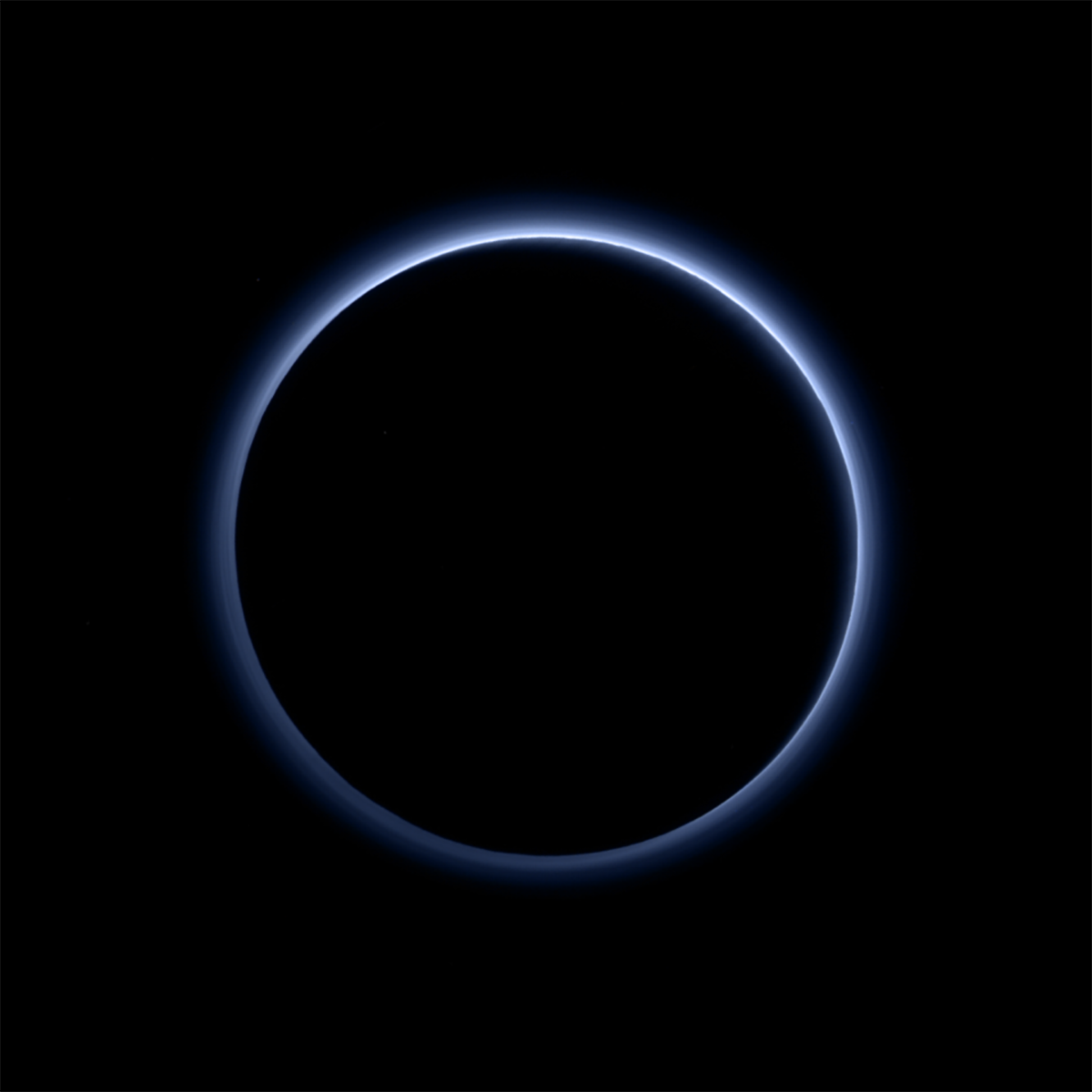Nice pics. Really, really nice.
You are using an out of date browser. It may not display this or other websites correctly.
You should upgrade or use an alternative browser.
You should upgrade or use an alternative browser.
This site may earn a commission from merchant affiliate
links, including eBay, Amazon, and others.
More pictures continue to stream back from the NH space probe.
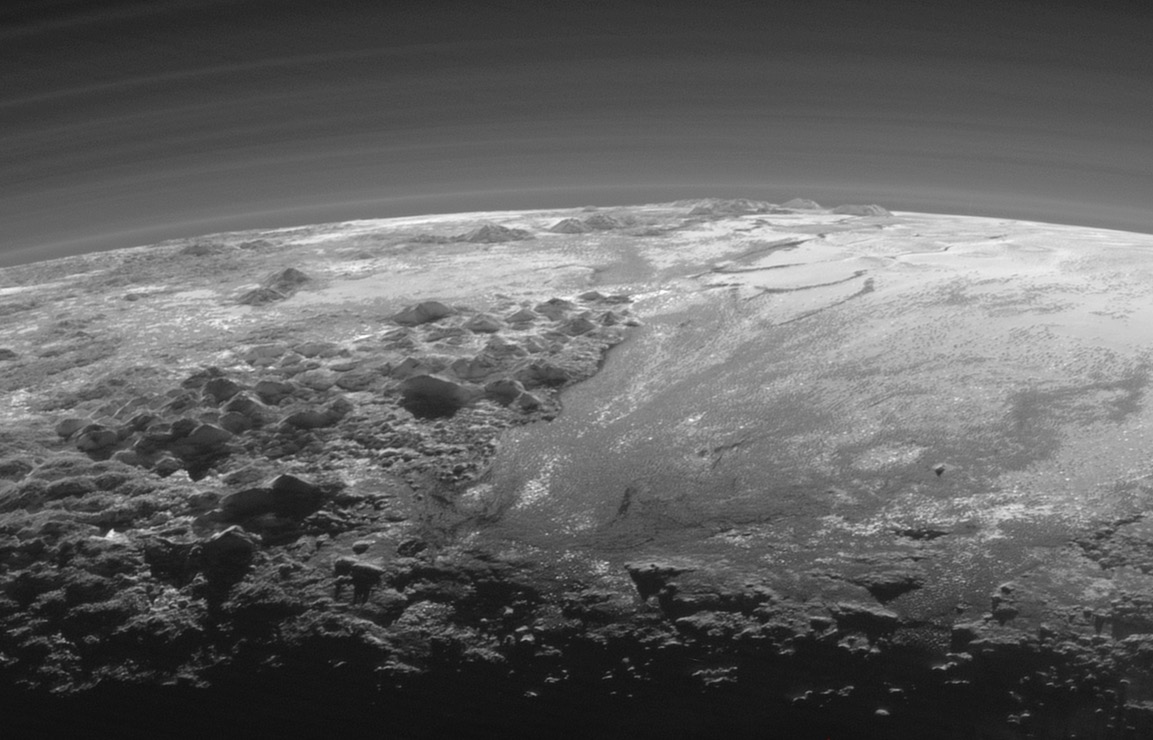

I think they are all long exposure photographs.
Probably much dimmer than what the pics make it appear.
Related info
Probably much dimmer than what the pics make it appear.
Related info
Really cool....Thanks
I'm surprised by the amount of light. The picture is awesome. He knows how to make awesome.
There's actually much more light at Pluto than most people realize. Long duration photos won't work well when the space craft is traveling at 14+ kilometers per second.
If you go outside at 7:26 tomorrow morning, you will see the same amount of light that Pluto sees.
http://solarsystem.nasa.gov/plutotime/
Incredible pics. digitally enhanced probably is what I'm thinking.
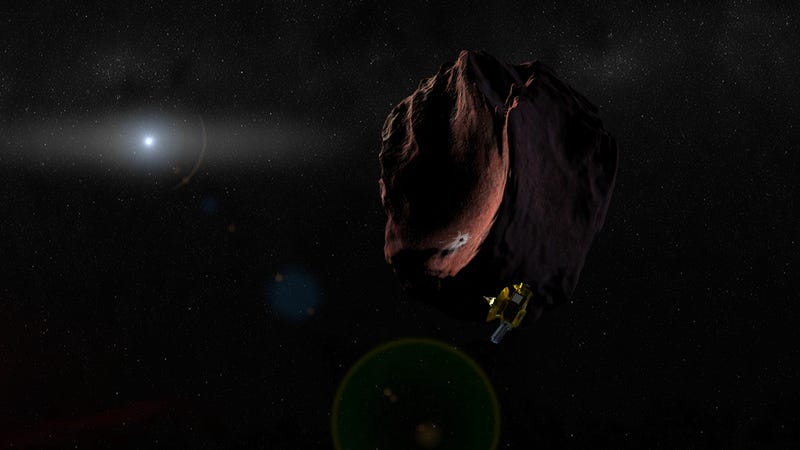
Artist’s impression of New Horizons encountering a Kuiper Belt object. Its next target, 2014 MU69 is much larger, measuring about 20-30 miles (30-45 km) in diameter. The probe is expected to make it’s rendezvous on January 1, 2019. (Image: NASA/JHUAPL/SwRI)
NASA’s New Horizons space probe is currently speeding towards a mysterious Kuiper Belt Object known as MU69. Recent observations of the distant object indicate a very reddish surface—possibly even redder than the splotches found on Pluto.
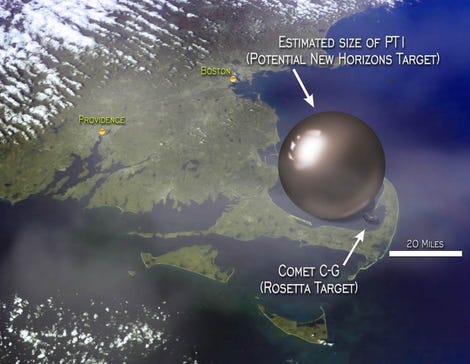
This small Kuiper Belt object (KBO), which measures about 20-30 miles (30-45 km) in diameter, is located 1.6 billion miles (2.6 billion km) beyond Pluto. By the time New Horizons gets there on January 1, 2019, it’ll be about 43.3 times as far from the sun as the Earth. Incredibly, New Horizons will fly past closer to MU69 than Pluto when it made its historic Pluto flyby on July 15, 2015
Speaking today at the the American Astronomical Society Division for Planetary Sciences (DPS), mission scientists talked about the Pluto flyby, but they also looked ahead to the Kuiper Belt encounter. Recent observations made by the Hubble Space Telescope suggests MU69 is red—if not redder—than Pluto. MU69 is now the smallest KBO to have its color measured, and it’s our first sense of what this mysterious object actually looks like.
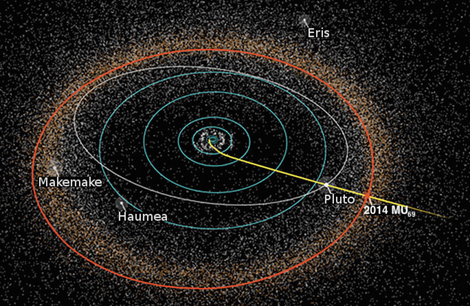
The reddish color of MU69, like the iconic red splotches on Pluto and its moon Charon, suggest the presence of tholin, a class of molecules that’s formed through the ultraviolet irradiation of simple organic compounds such as methane and ethane. Tholin doesn’t form naturally on Earth, but it’s abundant on the surface of icy bodies in the outer solar system. Using Hubble, scientists have confirmed that MU69 is part of the “cold classical” region of the Kuiper belt, which contains some of the oldest objects in the Solar System.
The further away New Horizons gets, and as it encounters objects impossibly far from Earth, the more Star Trek-like this mission becomes. Expect full weirdness when this incredible space probe makes its close encounter on New Year’s Day 2019.
http://gizmodo.com/new-horizons-spacecraft-is-approaching-a-mysterious-red-1787938286
Latest posts
-
-
-
-
-
-
-
-
-
-
-
-
Anyone know what the OHP, etc we’re doing at the AG’s office most of today?
- Latest: Glock 'em down
-
Join the conversation!
Join today and get all the highlights of this community direct to your inbox. It's FREE!
- Curated content sent daily, so you get what's interesting to you!
- No ads, no large blocks of text, just highlights for easy digest
- It's all totally free!
Enter your email address to join:
Thank you for joining!
Already
a member? Click here to log in









